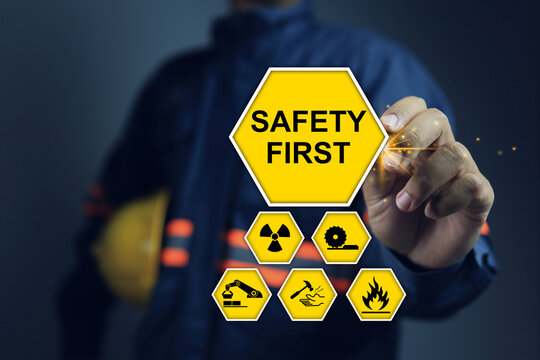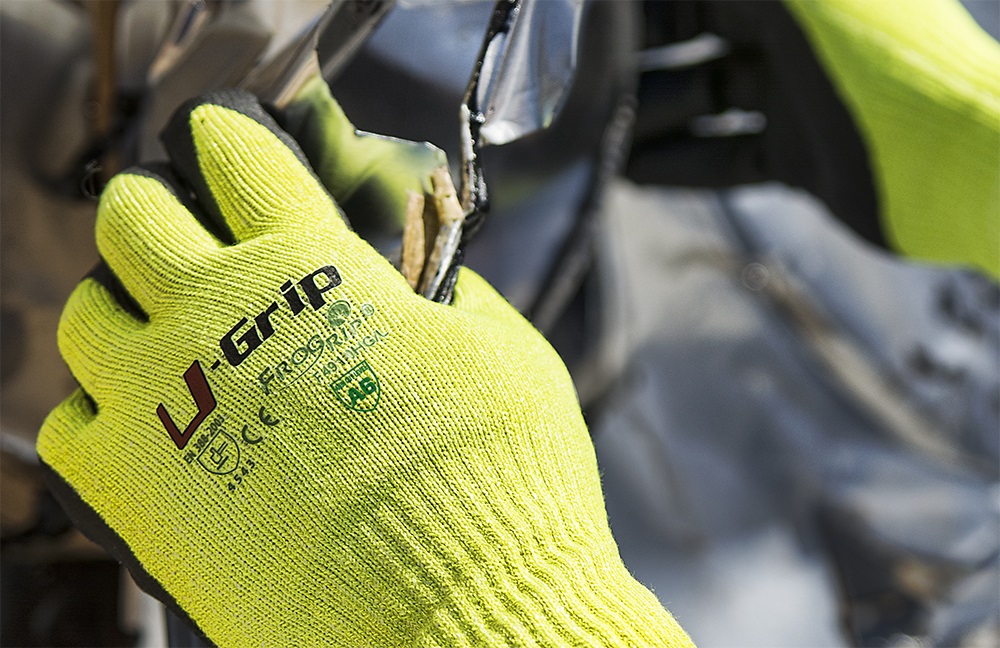Introduction
Did you know that over 40% of workplace injuries involve hands and fingers? For Health, Safety, and Environment (HSE) officers, ensuring hand protection is not optional — it’s a regulatory requirement and a critical safety priority.
This guide explores the global hand safety standards that every HSE officer needs to know. Whether you're managing teams in manufacturing, oil & gas, construction, or logistics, this comprehensive overview will help you stay compliant and proactive in 2025.
What Are Hand Safety Standards?
Hand safety standards are regulatory guidelines set by global and regional bodies to ensure that personal protective equipment (PPE) such as gloves meet performance, durability, and protection requirements.
These standards cover:
-
Cut resistance
-
Puncture protection
-
Abrasion resistance
-
Chemical and thermal exposure
They help HSE officers select the right gloves, ensure compliance, and reduce injury-related downtime.

Why Global Compliance Matters in 2025
In 2025, cross-border operations and global supply chains make compliance with international standards non-negotiable. Regulatory fines, litigation risks, and reputational damage are just the tip of the iceberg.
Stat: The global PPE market is expected to reach USD 112 billion by 2025, with hand protection leading the category.

Top International Hand Safety Standards
ANSI/ISEA 105 – USA
-
Measures: Cut, abrasion, and puncture resistance
-
Range: Cut levels A1 (light) to A9 (maximum)
-
HSE Tip: Ensure glove labeling is visible and certified for relevant tasks
EN 388 – Europe
-
Four-digit performance levels (abrasion, cut, tear, puncture)
-
Includes additional ISO cut resistance (A–F)
-
Required in EU and many Middle East countries
ISO 21420 & ISO 13997
-
General glove requirements & ergonomic standards
-
ISO 13997: Cut resistance using TDM method (more accurate than Coup test)
AS/NZS 2161 – Australia/New Zealand
-
Aligns with EN 388 with some regional variations
-
Check for updated versions post-2022 for compliance

Common Compliance Mistakes HSE Officers Make
Relying on outdated standards (e.g., pre-2016 EN 388 labels)
Purchasing non-certified PPE from unverified vendors
Overlooking chemical or thermal exposure requirements
Using one-size-fits-all PPE without hazard assessment
How to Choose Compliant Hand Protection Gear
Use this checklist:
Is the glove tested and certified under current standards?
Does it match the hazard level (cut, puncture, chemical)?
Are employees trained to use and inspect gloves?
Is the label readable and traceable to a certification body?
Bonus: Use digital PPE tracking systems to monitor glove replacement schedules.
Expert Tips for Implementing Hand Safety Standards
Train regularly using real-world injury cases
Post visual guides near workstations showing approved PPE
Audit suppliers to confirm third-party testing
Integrate hand safety KPIs into HSE dashboards
Start with high-risk zones: maintenance, rigging, and mechanical handling

FAQ
What’s the most recognized global hand safety standard?
The EN 388 and ANSI/ISEA 105 are the most widely recognized, covering most industrial applications.
Q . How often should HSE officers update PPE compliance?
Review annually or whenever new tasks, materials, or tools are introduced.
Q . Do ISO standards override regional ones?
Not necessarily. ISO standards are global best practices, but local legal standards (e.g., ANSI, EN, AS/NZS) take precedence in enforcement.
Q . Are gloves with high cut resistance enough?
No. Consider all hazards including chemical, heat, vibration, and dexterity requirements.

Protect Your Workforce Today — Contact Hand Safety First for Custom Solutions!
Call: +91 73861 10618
Email: info@handsafetyfirst.com

